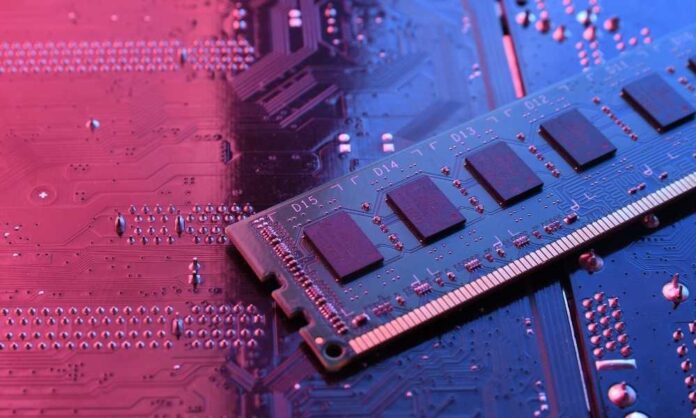Three years after the computing industry vowed to almost double the world’s computer memory speed with the DDR5 spec, it’s almost here at last. SK Hynix officially unveiled the world’s first DDR5 memory modules. The company expects to start offering them in Q3 2021. However, they are ready whenever systems can support them.
SK Hynix said that this DRAM provides raw bandwidth of up to 5,600Mbps, perhaps not the maximum 6,400Mbps that the DDR5 spec requires, but a full 1.8 times longer than the previous DDR4, and all at a lower voltage of 1.1V instead of 1.2V, for what SK Hynix reports will be a 20% power savings. So you don’t be confused about the math; power consumption is measured in watts, not volts.
SK Hynix expects to commercialize DDR5 memory modules in Q3 2021
In simple terms, the latest announcement may not mean much. It doesn’t affect typical machine builders or consumers. RAM speed improvements haven’t significantly boosted typical games and apps recently. It may also take months before these modules are available. Even then, it may be a while before you can use them.
Intel confirmed that it will support DDR5 for future processors. However, AMD has not formally adopted DDR5 yet. It may not be accepted until 2022.
Check out: SSD vs. HDD: Basic concept, Differences, and Performance
But finally, DDR5 ‘s capability could catch your eye. 128 GB modules are definitely, as AnandTech points out, and 2TB server-grade modules aren’t out of the question.
Today’s announcement shows that a company can produce such a module. It also involves other manufacturers in building an ecosystem around the technology. SK Hynix mentions companies like Montage, Renesys, Synopsis, and Rambus. These companies are not the typical RAM providers we usually hear about.
If you need speed sooner, there are expensive off-spec DDR4 options. You can buy a pair of 5,100MHz sticks for about $900. You can also try overclocking them to 5,600MHz.


